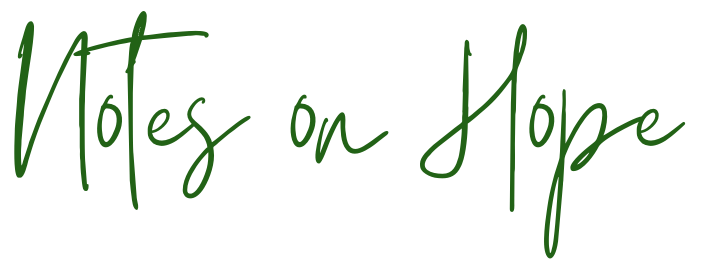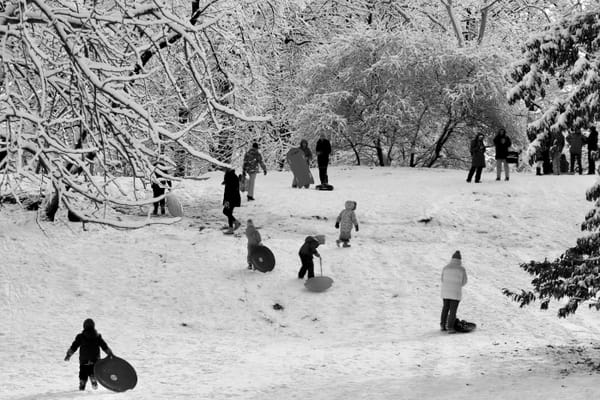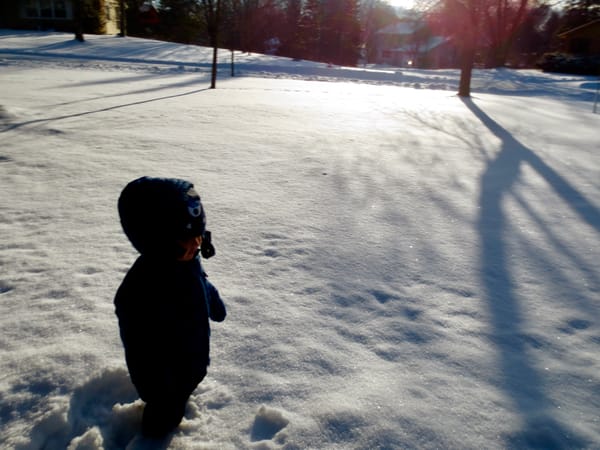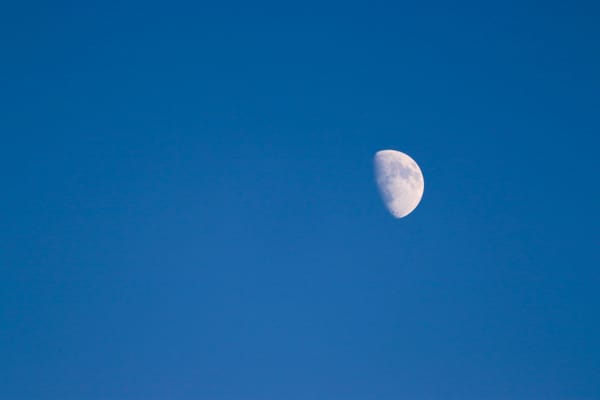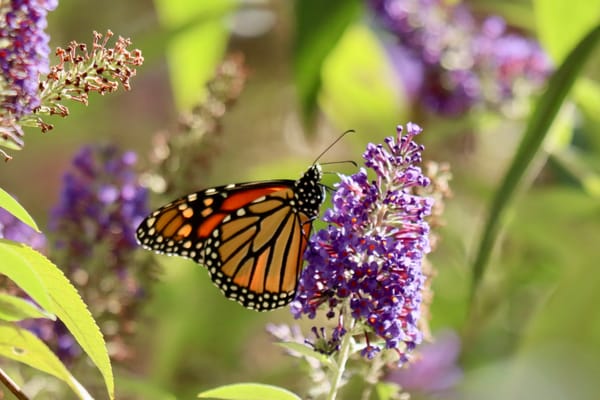The Power of Us
A guide to resisting bullies
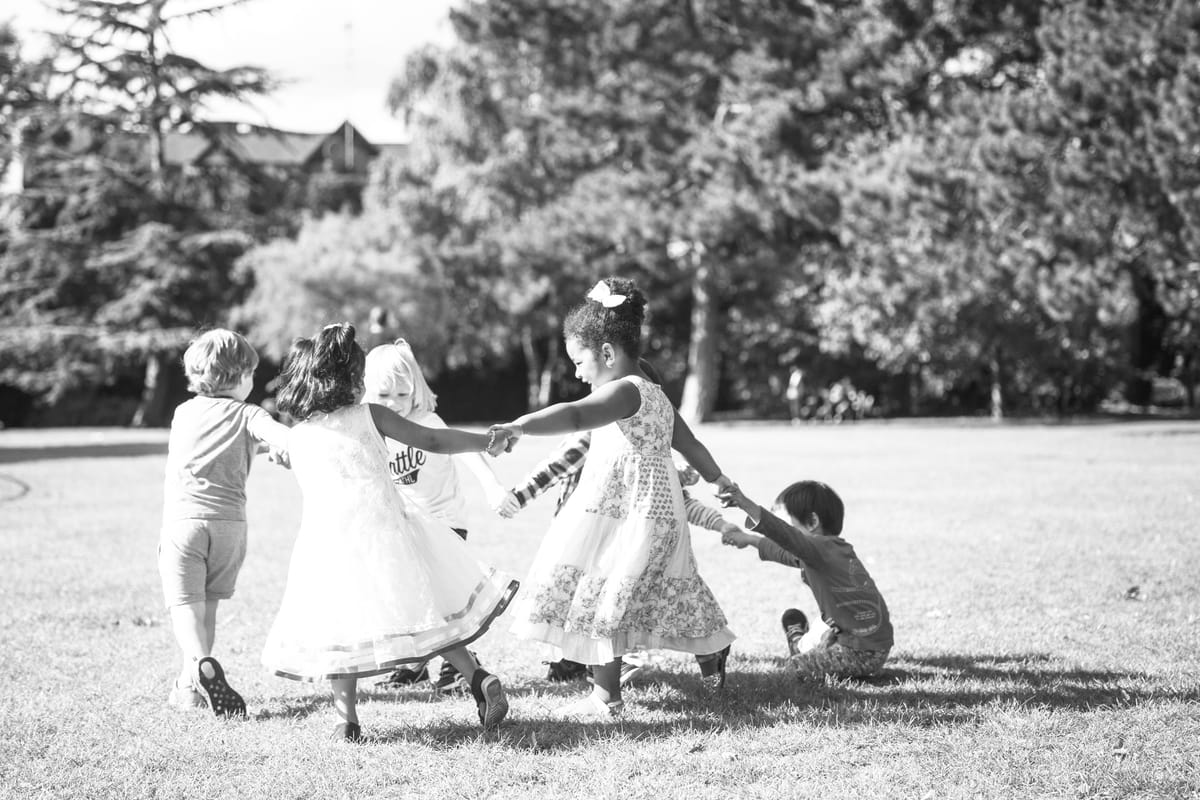
“…maybe one day you’ll
write me back, like the day I wrote
the lighting bug to say, ‘I smashed
my mason jar and I threw away
the lid. I didn’t want to take a chance
that I’d grow up to be a war.’
I want to be a belly dance or an accordion
or a pogostick or the fingerprints the mason left
in the mortar between the bricks
to prove that he was here, that he built a roof
over someone’s head to keep the storm
from their hope.”
~Andrea Gibson
from “Letter to the Playground Bully”
Years ago, when I was doing research for my Master’s thesis, I spent a lot of time observing how young children’s early capacity for empathy (which is encoded in their brains from birth) plays out in their classroom relationships. For the first several months of observations, my notes were full of gestures of repair and consolation, as the children noticed and attentively responded to each other’s distress. Evidence of their kindness in recognizing and soothing each other’s tears was everywhere. However, at a point these gestures began to diminish and I worried that something had shifted in the classroom to mute their acts of compassion. With closer attention though, I realized that something had indeed shifted, but it was not away from care—it was toward a new and deeper form of care. Over time, the classroom had become a community, and as the children grew more connected to one another, they had entered a new zone of care marked, not by repair of harm but by proactive protection of one another. As their relationships deepened, there was simply less damage to undo, because they had begun to actively recognize the potential for harm and they were working to prevent it.
One of the most significant features of the research on programs that target bullying in schools is the understanding that reducing bullying actually has very little to do with the bullying behavior itself and everything to do with the school and classroom community. In all of the evidence based anti-bullying programs with proven track records of success, the strategies that are employed primarily include establishing positive community norms and awareness, building on empathy and fostering social emotional skills among all of the children, and actively teaching kids how to stand up for their peers or seek help when they are bystanders to someone else’s suffering.
Perhaps even more striking, there is evidence that programs that do not directly target bullying at all, but instead create more opportunities for play in the course of the school day, reduce incidents of bullying as effectively as programs that have been designed specifically to counter bullying. It turns out that children who play together frequently take better care of each other. This was the phenomenon I saw unfold in my own classroom, as I witnessed repair transform into protection after months of daily collaborative play. And there is evidence that, even though play looks different for older students and for adults, the same phenomenon occurs in communities of any age where shared playful experiences are valued and given time.

I have seen a lot of encouragement since the election, in everything from mainstream articles to activist advice, to focus on building community and bolstering personal relationships. It would be easy to view this simply as wellbeing advice—strengthening relationships when we are being bombarded with a campaign of “shock and awe” designed to overwhelm us makes sense and is surely important. We will likely all need strong personal support networks to survive the onslaught of anxiety inducing news that has begun and is sure to continue. Additionally, building community can be an important part of taking action at the local level and supporting the most vulnerable in our immediate environments. Think, for example, of the way a Black-owned community bookstore became a center for mutual aid during the recent California wildfires. Strong community networks facilitate these kinds of necessary, caring actions. All of these benefits of community development are significant and vital, especially in a time when we will need both individual care and avenues for local mobilization more than ever.
But my experience in classrooms tells me that there is an additional layer to the benefits of fostering and strengthening community ties that isn’t just reactionary but protective. Strong community relationships don’t only make it easier for us to respond when harm occurs. They actually have the power to prevent harm and proactively reduce the authority of bullying behaviors in advance. When we have strong relationships that motivate us to want to care for one another, we don’t only bandage each other’s wounds and provide consolation. We also begin to anticipate harm to others by identifying the signs that harm is imminent and acting against it before it occurs. This is how the development of community works to not only address but prevent bullying in schools, and it has the potential to do the same in the broader social spheres of our adult lives. Just as the child learns to tiptoe around their friends’ block buildings to prevent them from crashing down or to pull a friend back from an imminent fall off the climber, we can learn to identify impending harm to those in our communities and prepare for it together. In doing so we mitigate the power of behavior that is intended to incite fear and obedience, whether the source of the fear is intimate or global in reach.
As we look to reinforce our existing communities and develop new ones, it is also important to remember that the easiest entry point for collective care is play. Now is the time to consider what play looks like in your adult life and consciously create more space for it and more opportunities to do it in the company of others, whether that means joining a local sports team, meeting up with a group of birdwatchers in the park, or finding someone to walk through a museum alongside. Play together and play often. It may seem simple and frivolous when so much is happening that feels enormous, but it’s not. The ties that you form in the process of these playful communal activities plant the seeds of shared resistance to overwhelming authority.
I recently saw a social media post about a sewing group that gathers to make clothing for local unhoused youth. In the process of stitching together, their conversations often drift to other areas of action and activism. This is a perfect example of how adult play forms community bonds that ultimately establish a vital role in caring for and protecting a broader community, beyond the limits of the sewing circle. (It’s worth noting that there is a long history of sewing circles in particular as a site for community care and political resistance.) AOC has modeled this very simply in recent videos in which she relays political advice, while leaning closely into the camera and knitting. Her stitches are as significant as her words, because they create a feeling of intimacy and of a shared hobby that then becomes a container for other forms of care and action. It may be a relaxing hobby on an individual level, which has self-regulating value in and of itself, but it also creates a feeling of connection and care that brings us into relationship.
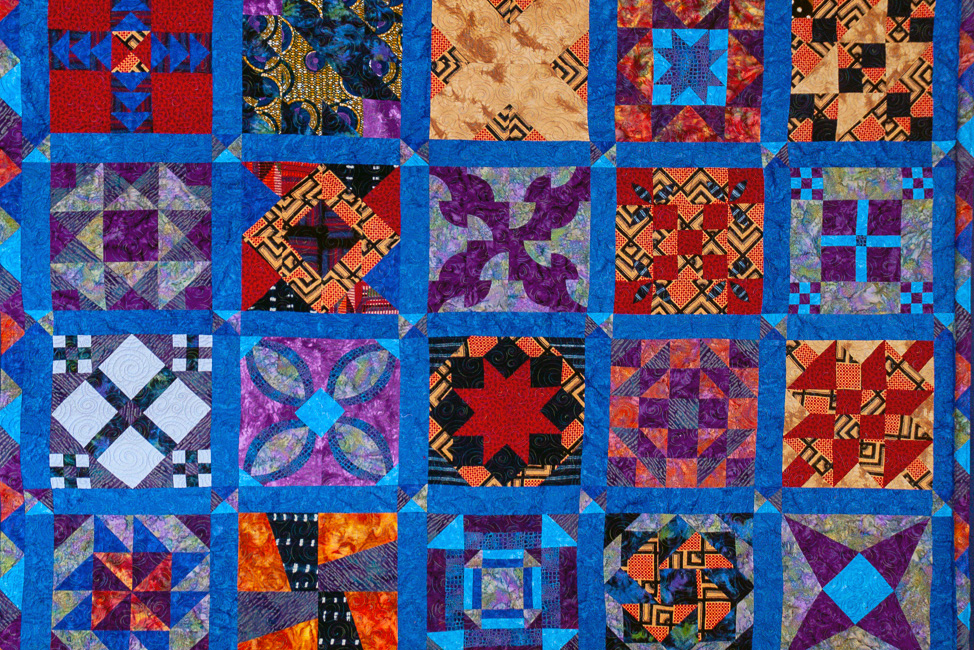
We often think of cognitive biases as something to resist, and surely there are many instances in which identifying a bias in our thinking can be crucial to reaching a more accurate understanding or a more rational decision. However, it is also important to remember that these instincts evolved because they have been crucial to our survival as a species across time. We are no longer living in the environment that fostered many of the biases that shape our reactions, so we need to be vigilant about instincts that do not serve us or that lead us to justify harmful behavior. But there are also times when we can lean into the strengths that our evolutionary neural wiring offers, and perhaps the greatest such strength is our bias toward social connection.
Humans gravitate toward relationships and are fearful of going it alone. This is embedded in our neurology because it benefits our survival to have a community invested in protecting us. At times this bias can lead us to make harmful choices out of a fear of ostracization. We may be less likely to speak up for someone who is vulnerable if we fear that doing so will lead to our own social isolation. But it is also possible to leverage this bias for the good, and this is at the root of community building as an antidote to bullying, because when a group speaks up, we suddenly find ourselves wanting to join in the collective effort, rather than anxiously avoiding the spotlight. Understanding our brain’s biases isn’t always about resisting and fighting against them. This understanding can also be critical to knowing where our power lies so that we can use it well.
We know that children are more likely to stand up for one another when their community connections are already strong. It leads them to see an individual threat as a collective threat, and it establishes courage in advance of harm by providing a network of peers who feel empowered by their relationships to stand up for each other with each other. These same lessons can be applied to our adult lives and will be essential to our capacity for avoiding anticipatory obedience. When our peer group cowers, we cower together. When our peer group lashes out, we lash out together. But when our peer group stands up for one another and for the most vulnerable who carry the greatest risk by standing up for themselves, we are drawn to the contagion of their courage as well. That is a natural human power to seek out and amplify.
This is one of the reasons protest is important. It is not only a mechanism of speaking truth to power. Protests are also overt signals of collective care. They visibly communicate to those on the sidelines that they can speak up without the fear and risk of being a lone voice in the wilderness. But an even more important lesson, particularly in an age where it is comparatively easy to mobilize large numbers quickly, is that the ultimate effectiveness of protest is largely dependent on the undergirding of strong community relationships built over time.
Another simple example can be seen in the bystander effect—the tendency to avoid acting when others are present and also inactive. One of the most powerful tactics in countering the bystander effect is simply to look directly at another individual, make eye contact, and delegate a task to them. We are more likely to act the moment a relationship is established. This is second only to the power of observing others helping. Seeing someone else helping transforms a potential solitary action into a collective one, and the magnet of our social cognition is flipped. We have the power to help each other flip these magnets before an emergency happens by nurturing social connections and community wherever we have the opportunity to do so. As Dan Savage recently said,
“Anyone who tells you that making time for joy is a distraction or a betrayal has no idea what they're talking about…during the darkest days of the AIDS crisis we buried our friends in the morning, we protested in the afternoon, and we danced all night, and it was the dance that kept us in the fight because it was the dance we were fighting for.
It didn't look like we would win then. It didn't look like we would win marriage equality in 2004, but we did. Right now it doesn't feel like we can win, but we can. But only if we fight...and dance.”
There is a lot happening right now that feels scary and overwhelming. But don’t underestimate the power of relationships to counter fear and establish an ongoing harm reduction forcefield. And don’t underestimate the power of play and shared pleasure to activate this effect. It works for children, and it can work for us, too. Identify the form that play takes in your adult life and invite others into your sandbox.
Wishing you play, connection, community, care, and courage,
Alicia
A few resources I found helpful & hopeful this week…
What to Focus On Now & What to Focus On Next
If you think someone else in your life might need some hope, please share. It’s always easier to hold onto hope when we’re not doing it alone.
